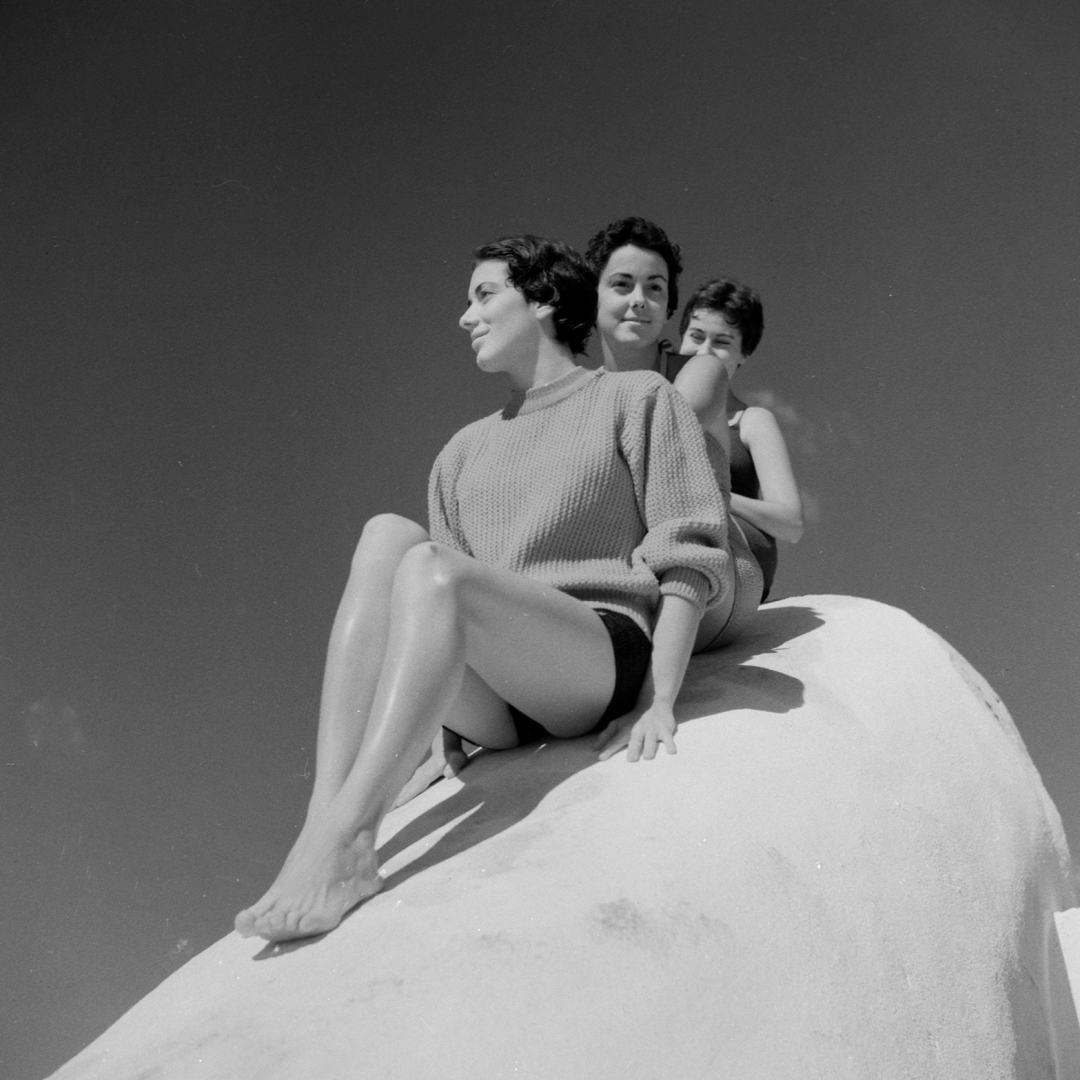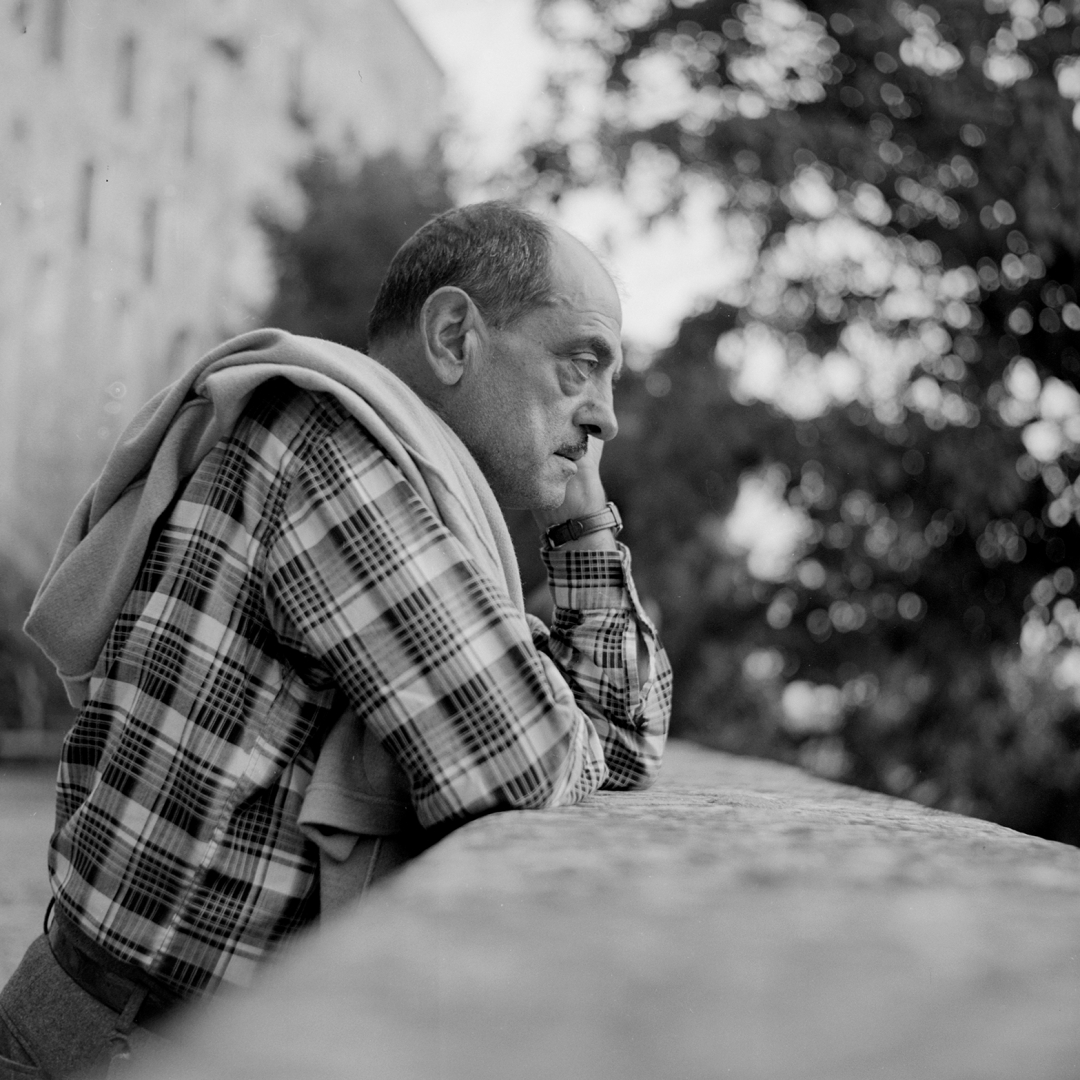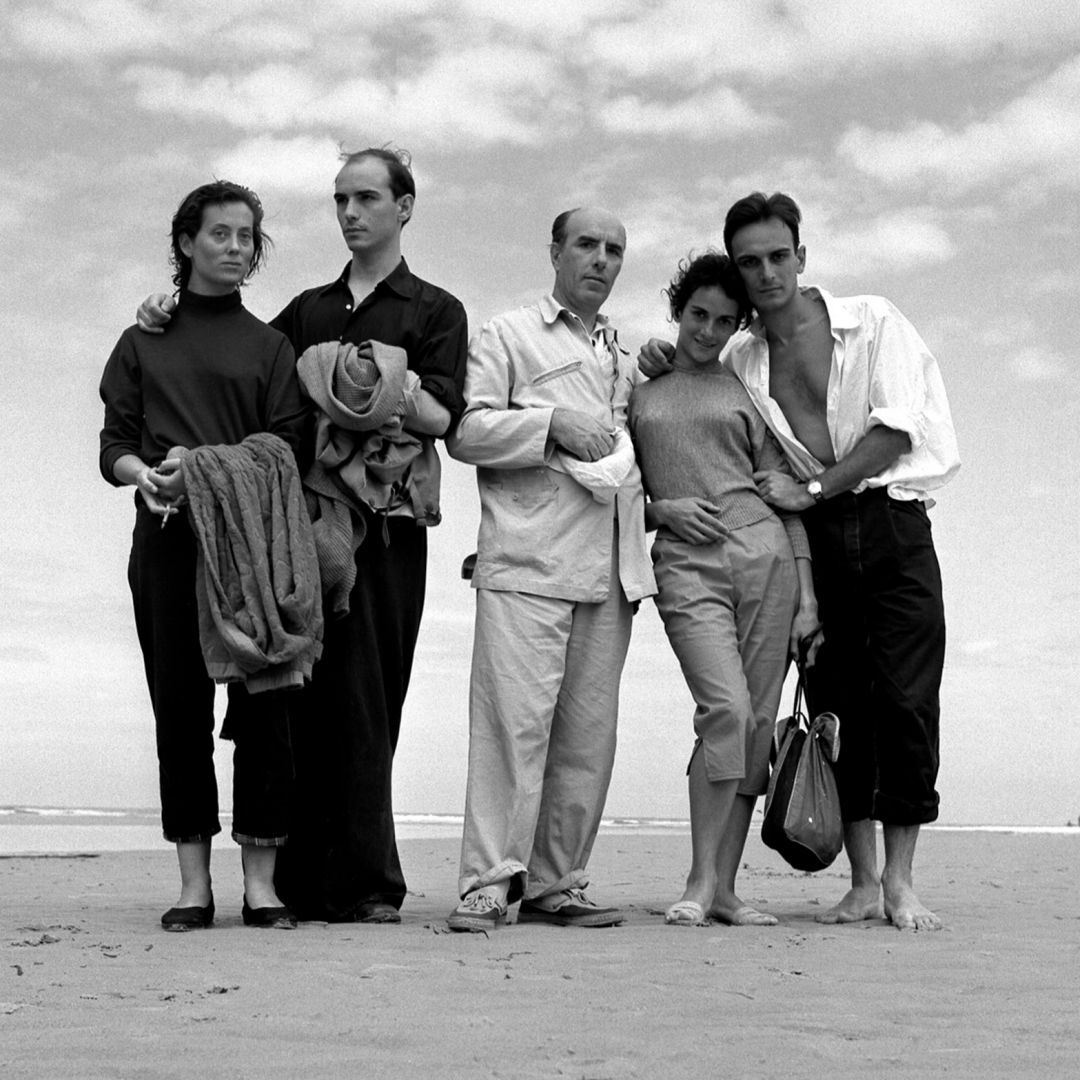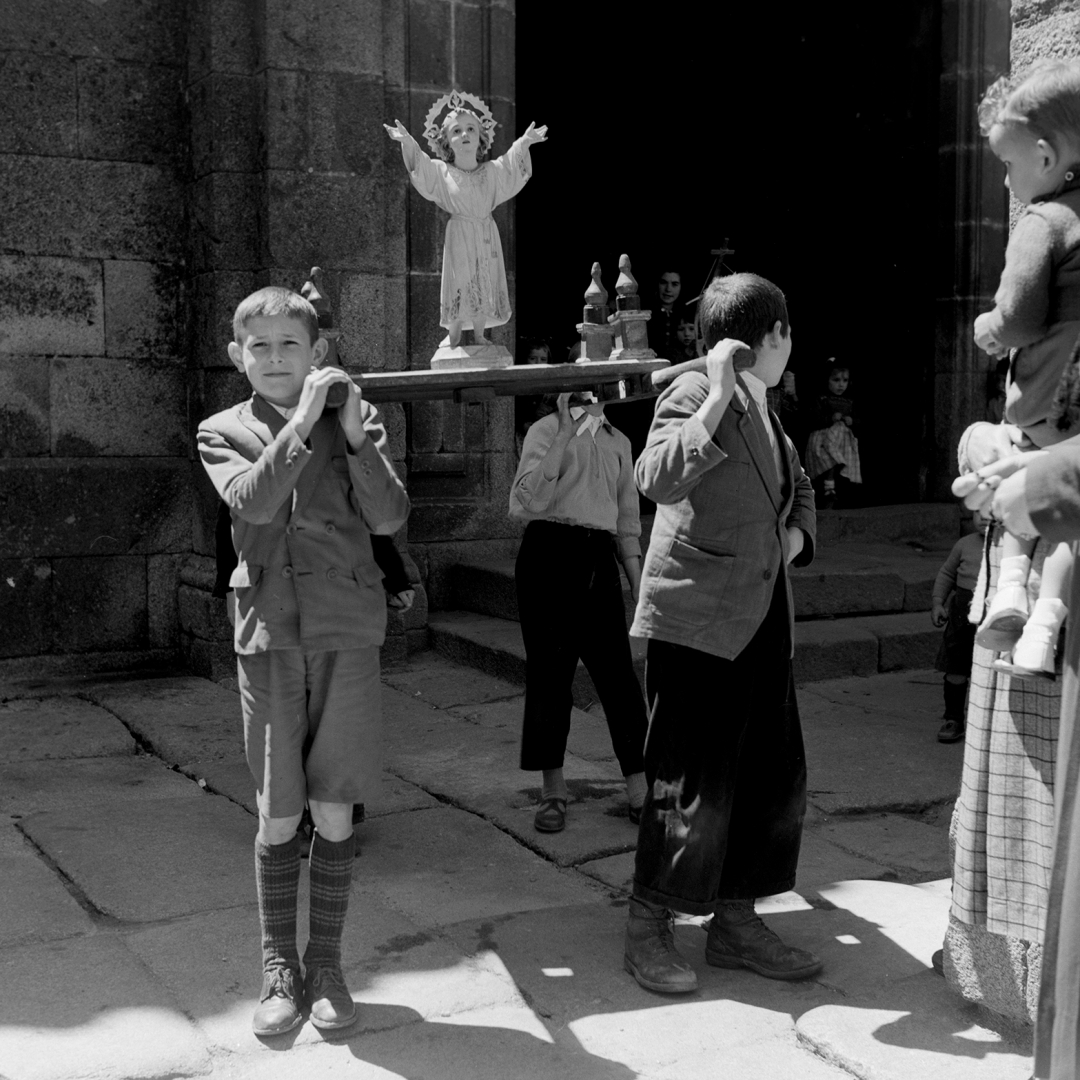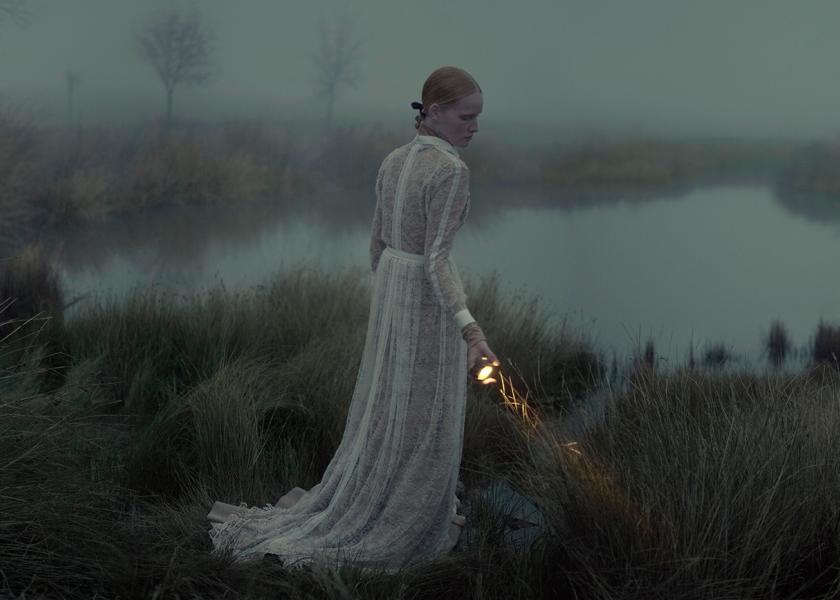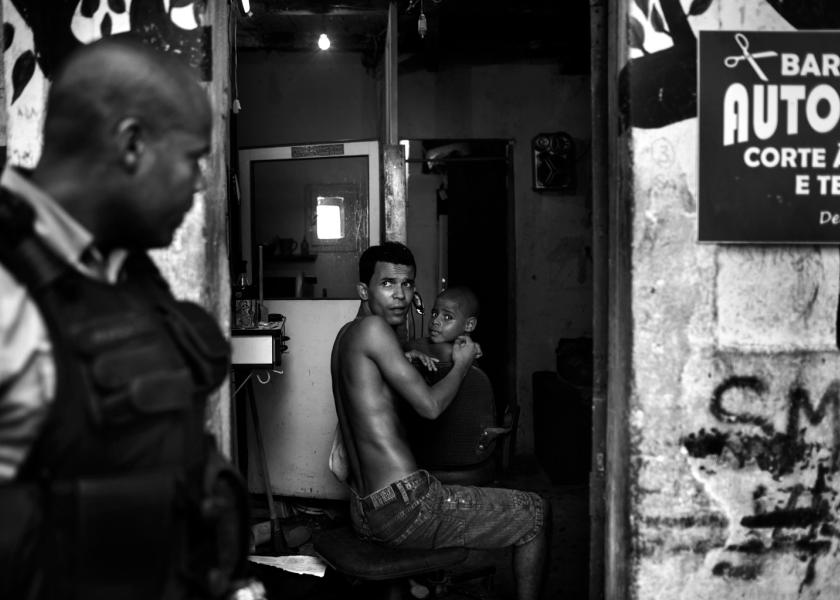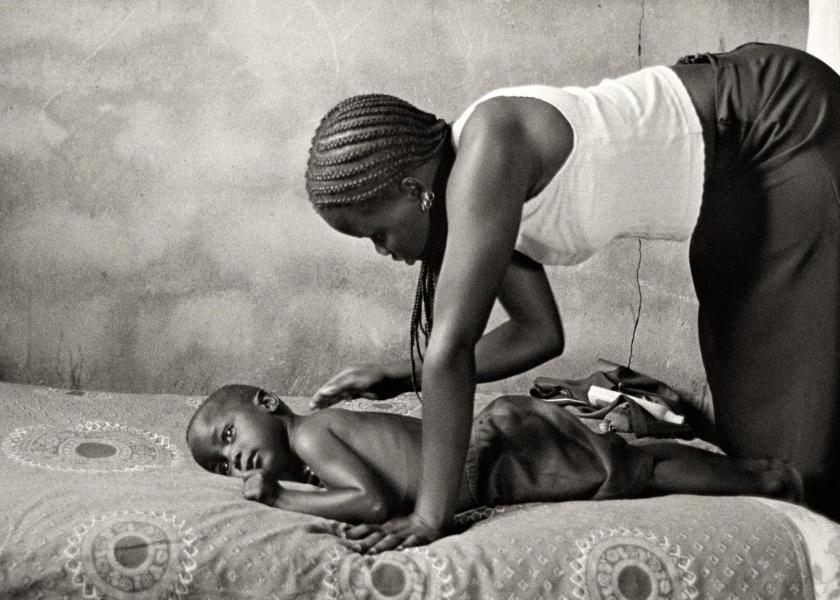Carlos Saura
Genius and Idol
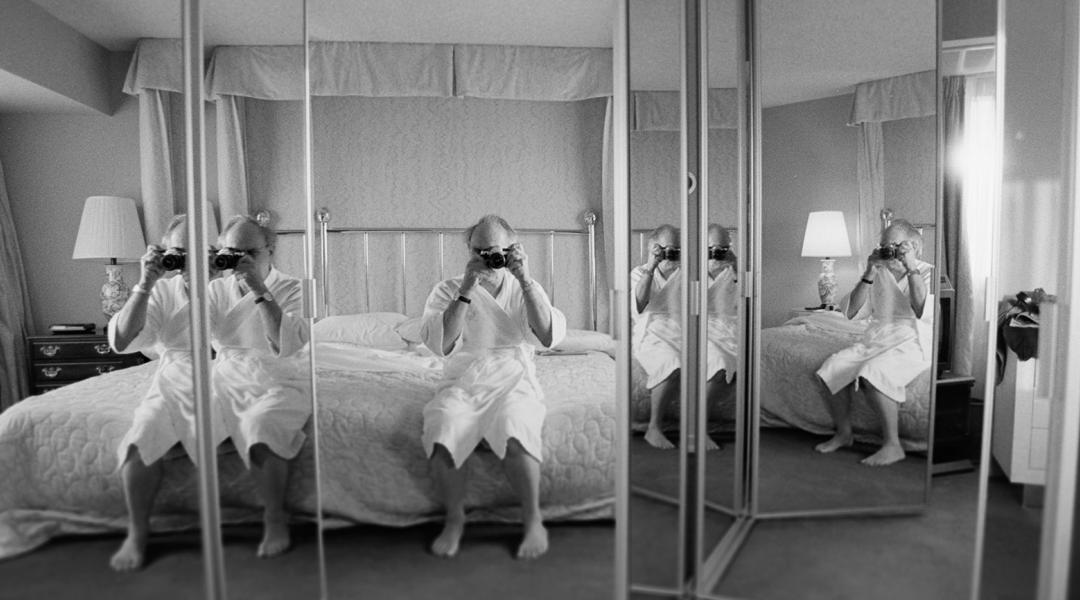
Photography, film, painting, literature or theatre. A tireless worker, Carlos Saura doesn’t distinguish between artistic disciplines. These days, his name is clearly displayed in an exhibition dedicated to him by the Círculo de Bellas Artes, where this genius reveals his facet as a master of images.
He humbly states that he’s not a writer; what he does is simply “for the pleasure of writing”. Carlos Saura (Huesca, 1932) also doesn’t consider himself a photographer, merely an enthusiast. He also draws, paints and writes for the satisfaction he feels. And what can we say about film. Talento a bordo managed to steal a few minutes of this Renaissance man’s precious time to talk about all these facets that have left and continue to leave a mark on his life. As it happens, lately, the director of Cría cuervos splits his time between the Carlos Saura Fotógrafo exhibition, organised by La Fábrica and which can be enjoyed at the Círculo de Bellas Artes of Madrid until January 12, and the play he’s directing, based on The Feast of the Goat by Vargas Llosa, while he finishes his musical film El Rey de todo el mundo. It’s clear that Carlos Saura is still living, like one of his great titles, in a Hurry, Hurry!
When did you discover photography? What did it mean to you?
I discovered photography because of love. When I was 8, I fell in love with a girl in my neighbourhood in Madrid whom I dreamt about and, with my father’s camera, which didn’t focus properly, I secretly took a photo of her and sent it to her. I didn’t receive a reply and learnt two things: the value of photography as a testimony and memory, and the frustration of unrequited love. After that, I started taking portraits at home. I didn’t have any money, and in Spain it was impossible to get a good camera, so one day I decided to build one. I got a Rolleyflex, which took very good photos. Further on, I became the official photographer of the Granada Festival, and that’s how I started.
Did photography lead you to film?
I’ve cultivated images since I was very young because, during the war, in Barcelona, my father would take all the photos from magazines and make what we called “a book of clippings”. This has always fascinated me and made me be constantly concerned about image. That’s where my relationship with photography started.
What are your current projects?
First, to be alive. After that, everything is due to “chance and necessity”, as Darwinist Jacques Monod said in his book. I haven’t stopped this year and now I’m directing a play based on The Feast of the Goat by Vargas Llosa, with Juan Echanove as the protagonist. I have to finish my musical film El Rey de todo el mundo which I’ve filmed in Mexico. I’ve directed Mozart’s Don Giovanni opera in La Coruña, and now I’m also working on this exhibition of photos selected by Chema Conesa in Madrid. Additionally, in January I’ll be launching an exhibition about flamenco at the Plaza de Toros in Málaga, and I have several other projects in the works.
What does working in disciplines like photography, film, literature or theatre provide you?
Each thing has its place. I don’t consider myself a writer, although I enjoy writing. I’m more of an amateur photographer who takes photos for personal use. I draw and paint which, like writing, are solitary pleasures that I recommend to everyone. And everything converges in film, which is marvellous.
Any other facets you’d like to discover?
My mother was a pianist. Not playing a musical instrument is one of my biggest frustrations. There’s a sketch by Goya of an old man leaning on his cane, where the painter wrote: “I’m still learning!”. Everything’s possible, but I’ve tried to learn musical theory several times without success. A disgrace for someone who has directed opera on six occasions.
“When we look in the mirror, if we stay still it’s photography, but as soon as we move, film is born”
If you had to choose, which would it be, film or photography?
I’ve made 48 films already, but I couldn’t choose between the two, since both have given me so much. I think photography is fantastic and I closely follow any advances in the field. The technological revolution has changed the way we understand photography, and it’ll still change even more. I take photos every day. It’s compulsive. I take photos in a hurry, on the go, that’s why I say that I’m an amateur. Film brings together artistic manifestations and everything that I love. It’s a tougher job.
What discourse can you build with film that isn’t possible with photography? And vice versa, what can you say with photography which seems odd or complicated in film?
The photographer, like the writer or painter, has a solitary job, that’s where their greatness lies. You’re the only person responsible. Film is a much more complex world, including the participation of photography, literature, theatre and interpretation, lighting, set design, music...
Where do you find inspiration when taking photos? And for film?
Film and photography are different things. It’s like when we look in the mirror, if we stay still it’s photography, but as soon as we move, film is born. With movement, space and time changes, which allows us to tell stories. Fixed images disappear when they are replaced by others. We invented cinema to tell stories and communicate with other people through them. When it comes to inspiration, I honestly don’t know. It depends on sleep, something I’ve read, a painting, a text, a song... Photography is more of a personal view. However, setting up a fictional film script requires working with other people.
What will the audience find at the Carlos Saura Fotógrafo exhibition at the Círculo de Bellas Artes?
A fragment of my past life. Every time we click the shutter, whether with a camera, mobile or tablet, we’re saving our past, something that will never happen again. That’s the miracle of photography. It’s a selection by Chema Conesa which more or less covers all my facets as a photographer.
The exhibition outlines a course that started in the 1950s. How have you changed?
“Todo cambia” [Everything changes] declares the song that the fantastic Argentinian singer Mercedes Sosa used to sing. Everything changes and grows, and like Quevedo said: I am a “was”, and a “will be” and an “is”.
"Every time we click the shutter, whether with a camera, mobile or tablet, we’re saving our past. That’s the miracle of photography”
What was Spain like in the 1950s and how do you see it now?
When I was about 20, I was appointed as the photographer of the Granada Festival and started travelling across Spain. That’s when I realised that Spain was different to what was publicised. I bought my first Leica and took many photos in all the villages. I did it just for the pleasure of it, but I never thought that it would be exhibited. I discovered a miserable Spain that is difficult to imagine even today. People lived in mud houses, there was famine and misery and an incredible lack of education due to a lack of means. Luckily, Spain has evolved a great deal in the last few years and is now considered a wonderful country with great infrastructures where we have access to everything.
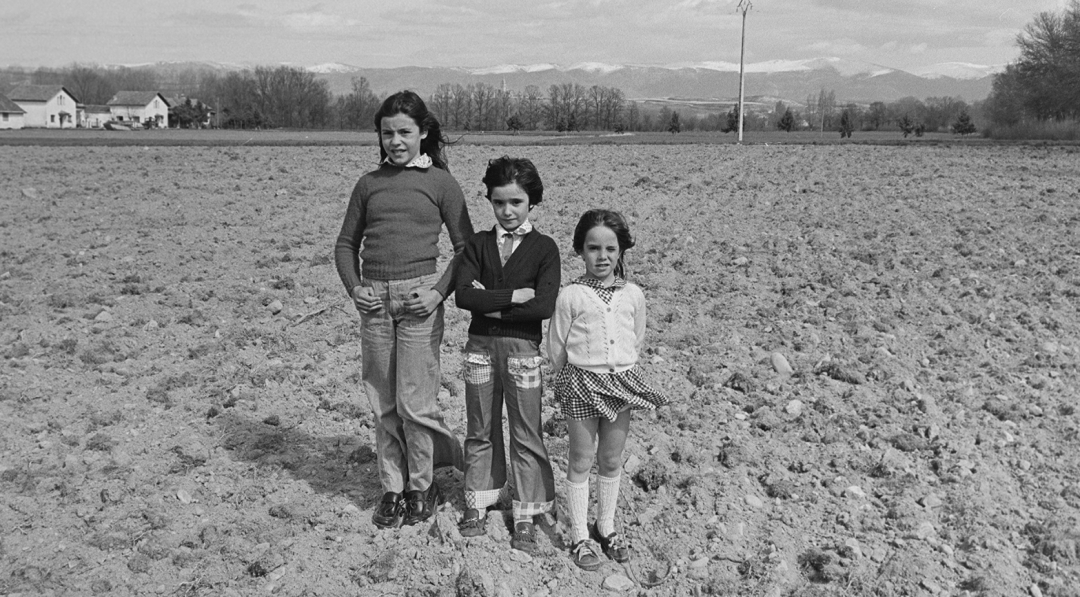
‘Las niñas de ‘Cría Cuervos’ [The girls of ‘Cría Cuervos’]. Madrid, 1975. © Carlos Saura / Courtesy of La Fábrica
Which have been your greatest influences?
We’re all the result of what others have left us: paintings, books, theatre, operas, films that have educated our view. But the truth is that this has never worried me. I’ve tried to be myself, with no other ambition than to face the reality that surrounds me: my family, my friends, the landscapes I’ve travelled...
Out of your more than 500 cameras, which would you choose?
I’d choose a 1920s Ernemann Ermanox. It’s compact, perfect for its time and it allowed me to take documentary photography because of how light its lens was. For years I’ve used a Leica M2, one of the first that came to Spain, a beautiful and efficient instrument. But now, in the digital era, there are several cameras that are more and more perfect and attractive.
What places and people have you enjoyed photographing?
I’ve been lucky to have travelled enough to see that, anywhere on this planet, however remote, there are enough reasons for photography. A camera is a loyal travel companion.
